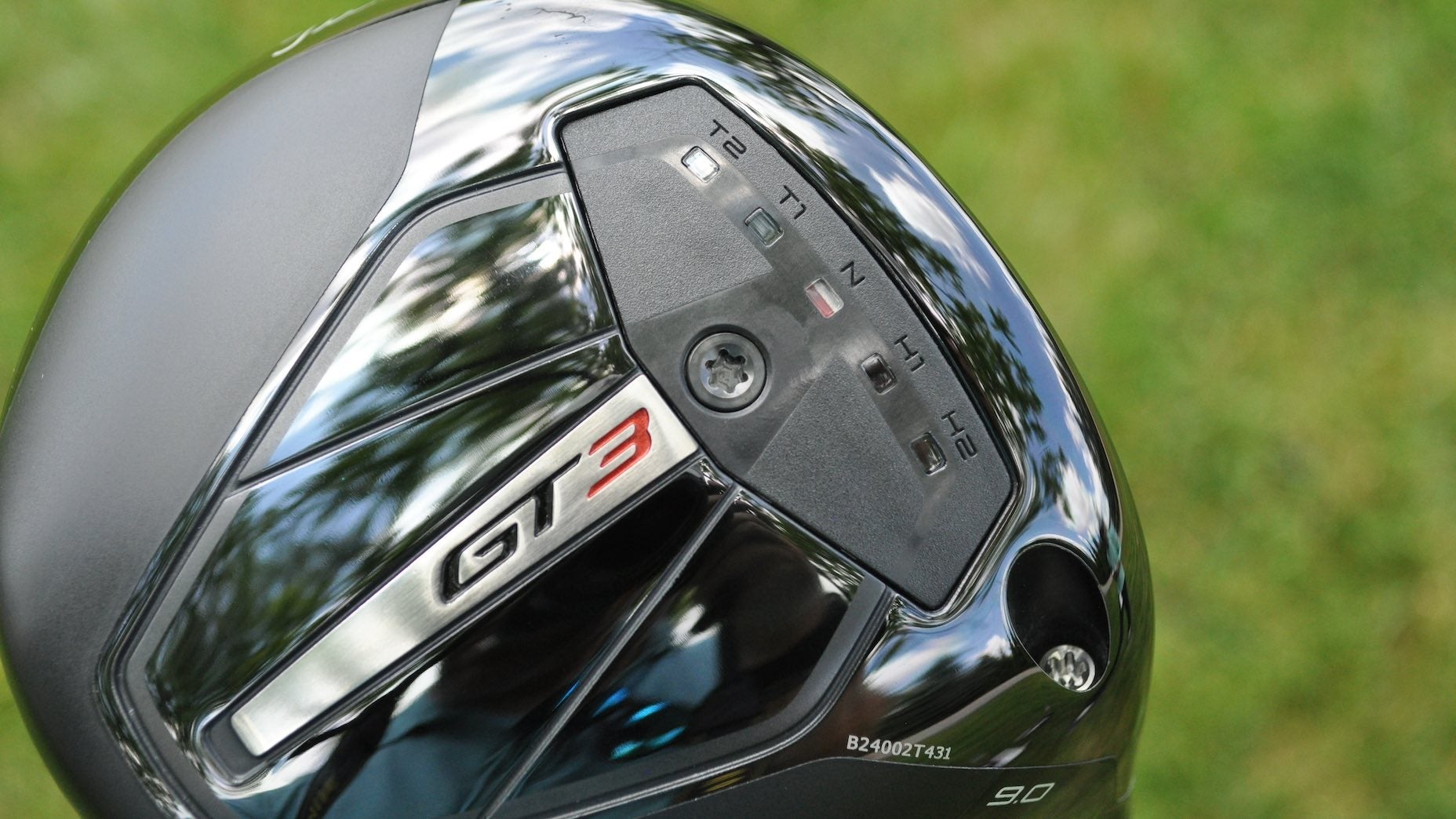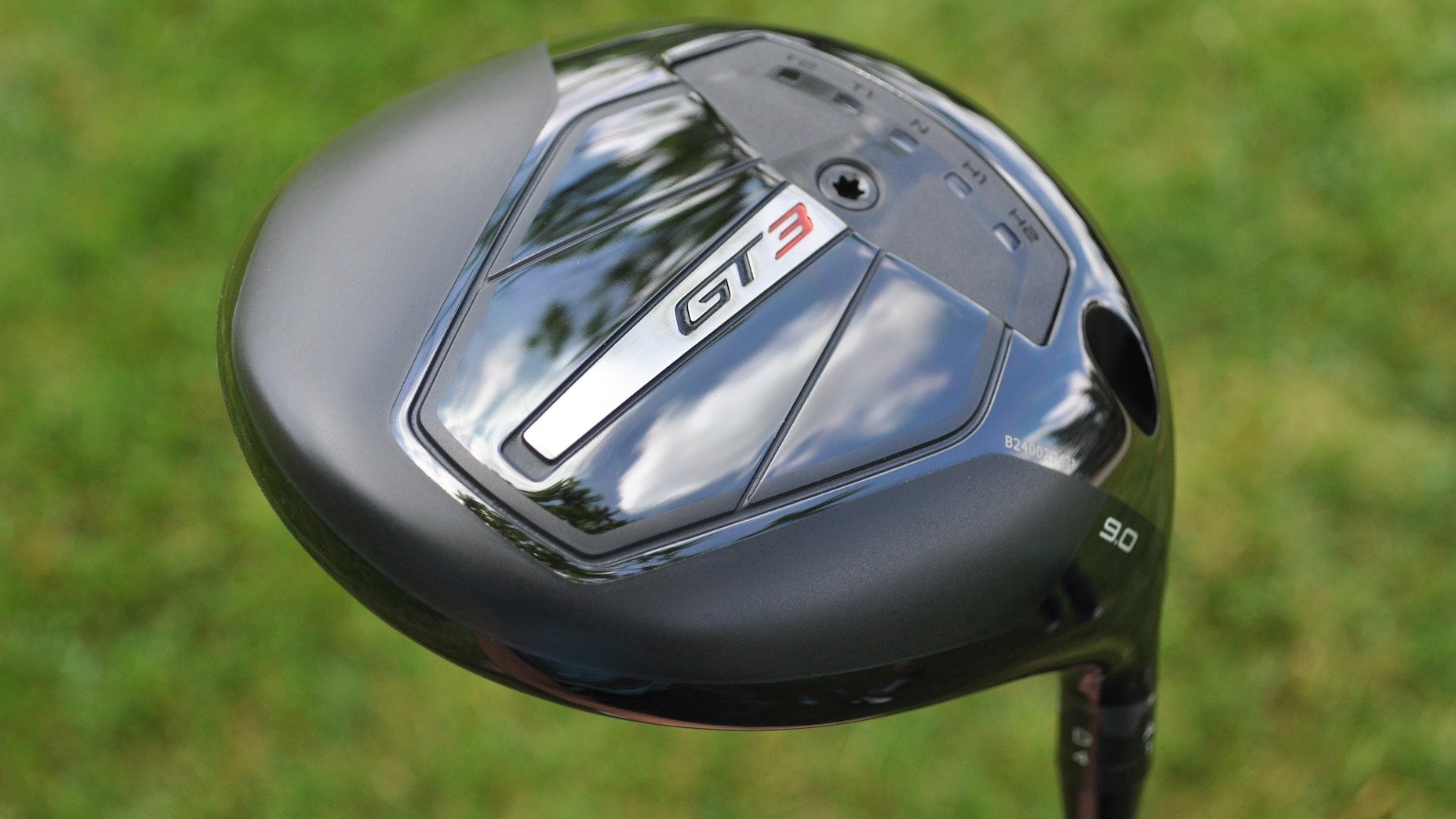There’s a big debate over being steep vs. shallow in the short game. What’s best for the average player? I tried to find out. The post As an average player, is steep or shallow better? I did a deep-dive to find out appeared first on Golf. There’s a big debate over being steep vs. shallow…
Titleist’s GT drivers already have pros raving about 1 crucial aspect
An early Tour launch allowed pros to test Titleist’s GT driver at the Memorial. Many are raving about one performance improvement.
The post Titleist’s GT drivers already have pros raving about 1 crucial aspect appeared first on Golf.
An early Tour launch allowed pros to test Titleist’s GT driver at the Memorial. Many are raving about one performance improvement.
The post Titleist’s GT drivers already have pros raving about 1 crucial aspect appeared first on Golf.
DUBLIN, Ohio — Billy Horschel could sense something was different. Midway through a Monday afternoon Titleist GT driver testing session, Horschel watched in anticipation as the ball finally came to rest on the back of the Muirfield Village Golf Club driving range.
Horschel’s polished swing makes it difficult to discern between perfect strikes and misses during testing. Feedback is critical to determine if adjustments need to be made to the club in question. So, too, is a launch monitor that spits out instantaneous data.
Lucky for Liam McDougall, Titleist’s European director of tour operations, Horschel always keeps the feedback flowing.
“That one was low on the face,” Horschel noted. “But it still felt like it was coming out of a good window.”

As McDougall assessed the launch monitor data on a tablet, he paused and turned to Horschel.
“What do you think the spin rate was on that one?” McDougall said.
For Horschel, a low miss tends to increase spin from 2,200 to 2,900 RPMs, leading to a dip in distance in most cases. For someone who currently ranks 93rd on Tour in driving distance, every yard counts when attempting to clear a bunker at 300 yards. But this particular drive was coming out of Horschel’s usual launch window (10-11 degrees) with 2,400 spin. (Horschel’s clubhead speed increased from 115 to 116.5 mph and ball speed ticked up from 173-174 to 175-178 during driver testing between TSR3 and GT3.)
In other words, the penalty for a low miss wasn’t showing up on the launch monitor.
“When you have a guy like Rory [McIlroy] who’s cruising in the upper 180s [ball speed], he can carry things 300 yards regardless of whether he’s spinning it 2,200 or 2,800 [RPMs],” Horschel told GOLF.com. “That ball is still going 310-plus yards. For someone like myself who carries it 295, I can carry things at 300 yards, but I have to be able to launch it and have the right spin.
In recent years, equipment manufacturers have begun to crack the driver code through new materials and processes. In the past, design sacrifices had to be made to produce certain launch, spin and forgiveness characteristics. Pull one performance lever and another had to be released. There was always a tradeoff to be made. But that could be changing.
“Having those spin rates so tight allows me to get similar carry distances even when I don’t hit it good. If I do miss one a little thin, it’s not spinning at 2,800 or 2,900 where it could fly 10 yards shorter,” Horschel said. “It’s still going to fly the same distance or maybe a few yards shorter than if I hit it solid. It gives me the confidence if there’s a bunker at 300 or 305 I want to carry, I don’t have to be perfect. I can miss it and know it’s still going to carry. Once I get above 175, that gets me to the 300-plus yards of carry without having to launch it 13 degrees with 2,000 spin. I can still launch it in my window at 10 or 11 degrees with 2,300 or 2,400. Those extra 2 miles per hour go a long way.”
Titleist’s new GT drivers, which were released on Tour at the Memorial, appear to be the latest offering to feature tight spin deltas across the face. The tighter the spin rate on a mishit, compared to a center strike, the more consistent the launch and carry numbers. It essentially adds a new layer of forgiveness and ball speed retention where golfers need it most.
Along with Horschel, GOLF.com witnessed several GT driver testing sessions that produced similar spin rate results on misses. Peter Malnati, who has a low miss tendency, found distance gains through the same tight spin rate deltas as Horschel, along with an uptick in ball speed.
“When you look at [Peter], he swings well when he’s down,” JJ Van Wezenbeeck, Titleist’s director of player promotions, told GOLF.com. “He wants that cover down and is a lower-launch guy who misses more off the bottom. Getting better ball speeds down there is always important.

“Consistency has been showing up out here during testing. Launch, spin and speed are staying there, even on those misses. Getting a little uptick in speed is good for these guys, but when you’re playing the harder golf courses, having that consistency off the face is at a premium.”
While tighter spin rate deltas appear to be the biggest improvement from TSR to GT, Horschel highlighted another aspect that earned his approval.
“To me, the feel is persimmon-like,” said Horschel. “Ping Rapture was one of my favorites — the way it sounded, felt, looked. This Titleist [GT] is very similar to that. Everyone is different out here in the way they judge feel. I want it to feel really solid where the ball is staying on the face for a long time. I can relate to feel off that and it gives me a good idea if I missed it or hit it good. I’ve always been that way.”
With initial testing out of the way, Horschel and other potential GT users in the field at Muirfield Village will have to decide if they want to give the driver a go this week ahead of the U.S. Open. Although the two-year cadence is the same, this is the earliest Titleist has released a driver on Tour.
Asked why Titleist chose to go earlier than usual, Van Wezenbeeck said it was a no-brainer after the feedback they received from pros who helped develop the final GT product, including Will Zalatoris.
“We had guys like Will coming to us asking if they could test it,” Van Wezenbeeck said. “When you have a good thing, you don’t want to wait until the Fall to bring it out here.”
Want to overhaul your bag for 2024? Find a fitting location near you at True Spec Golf.
The post Titleist’s GT drivers already have pros raving about 1 crucial aspect appeared first on Golf.

